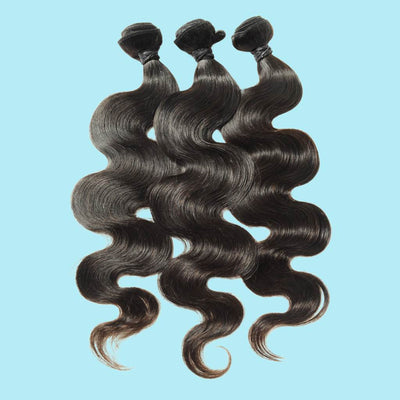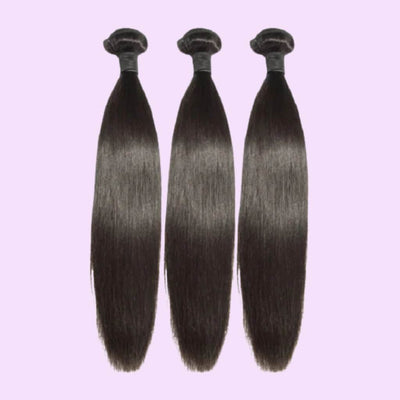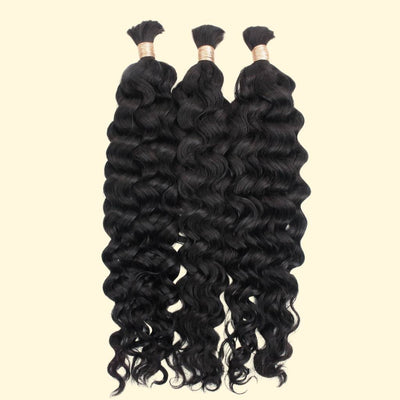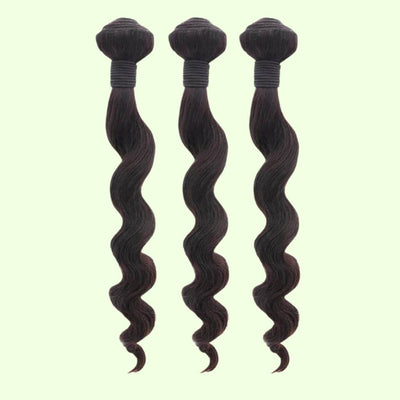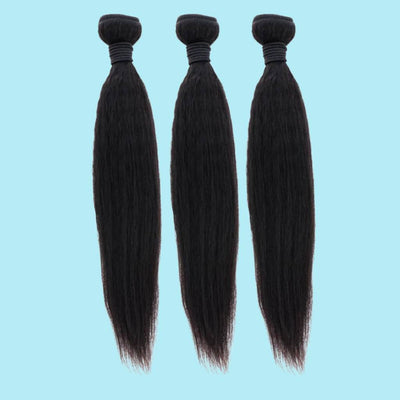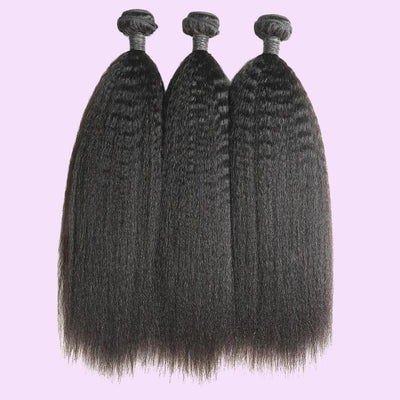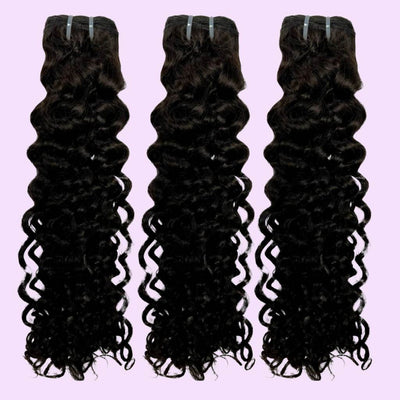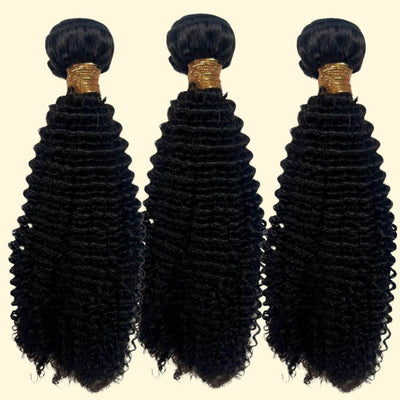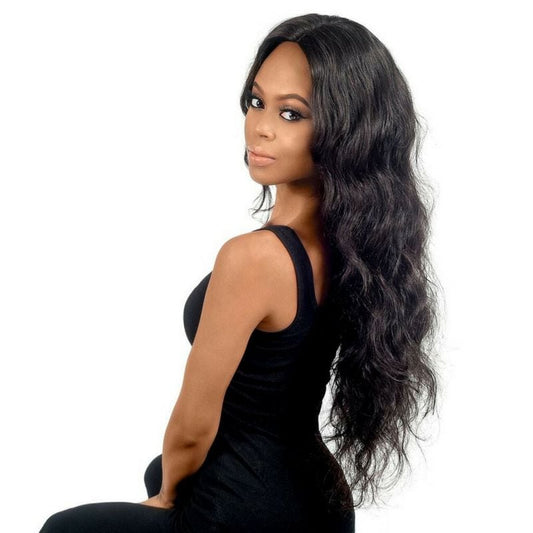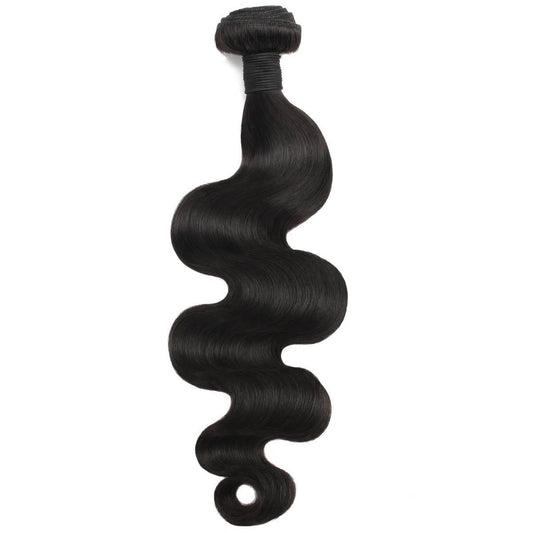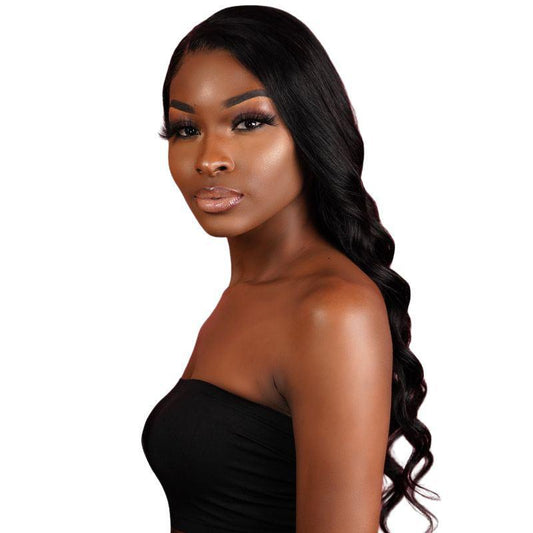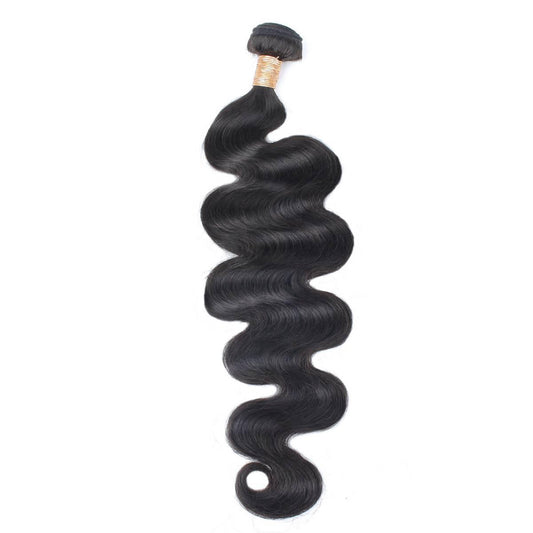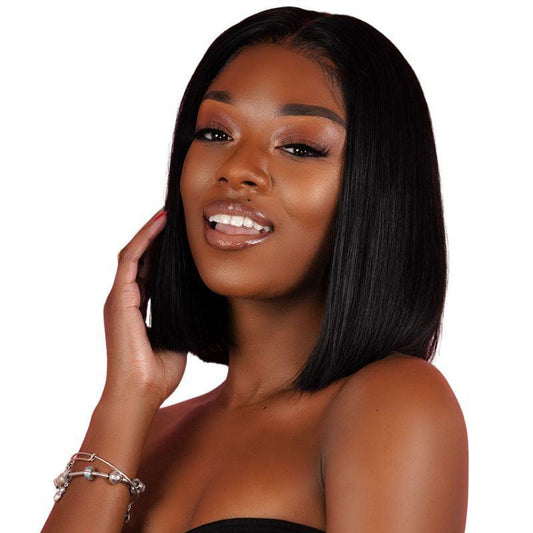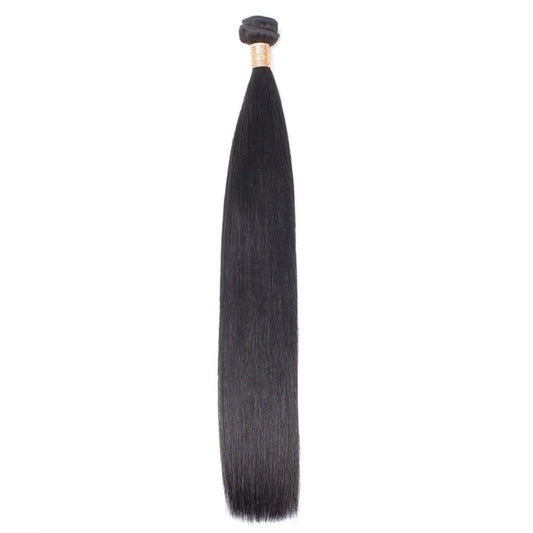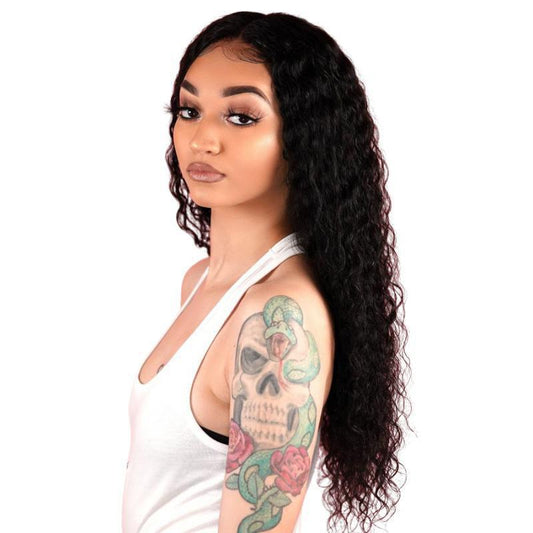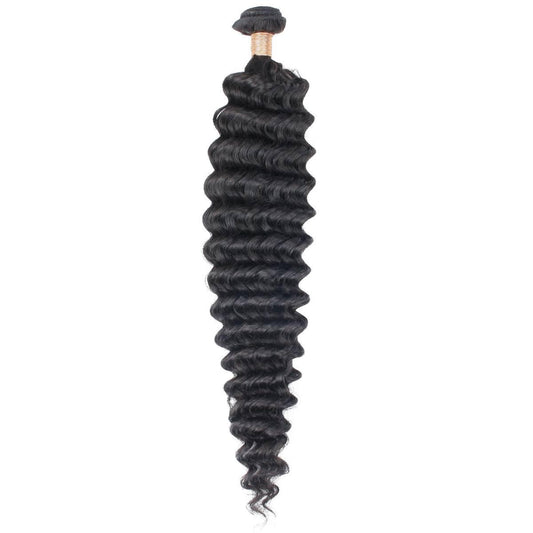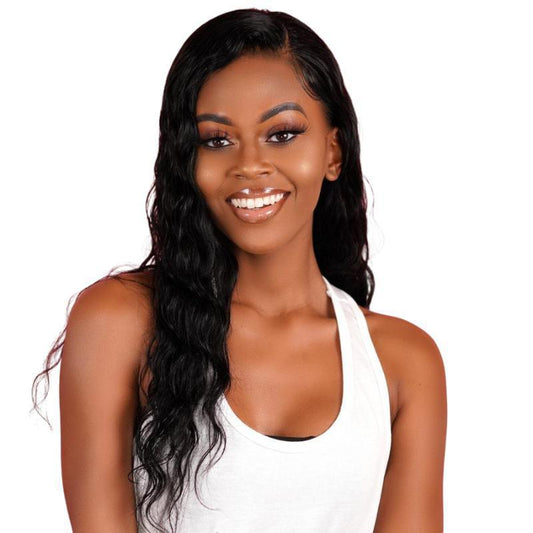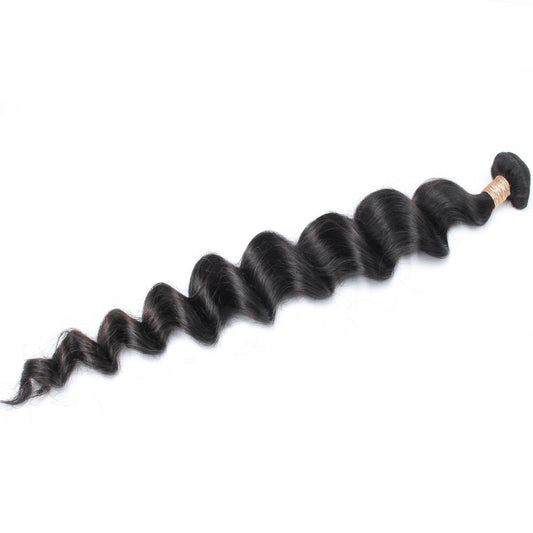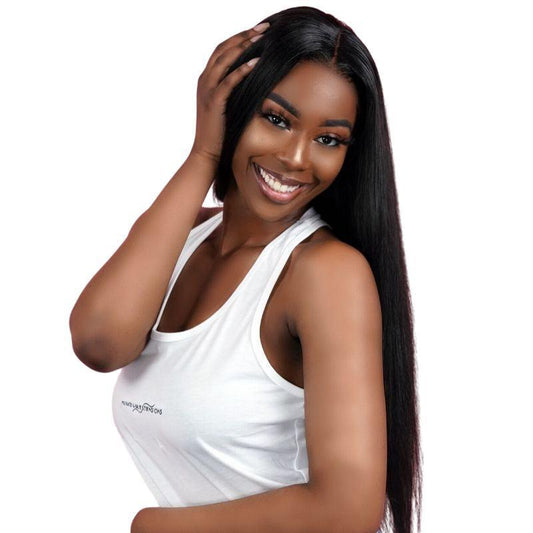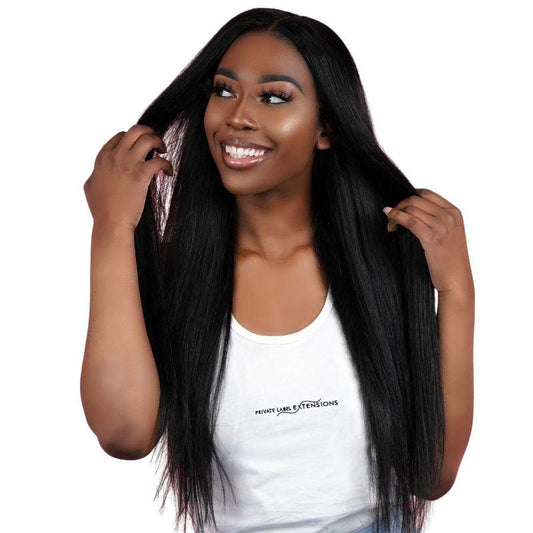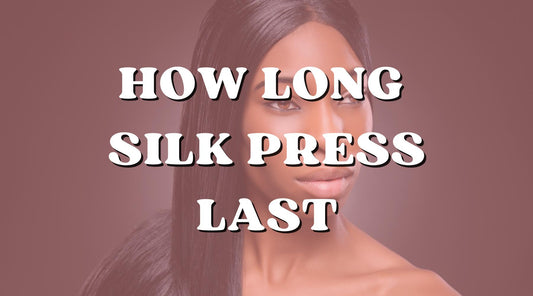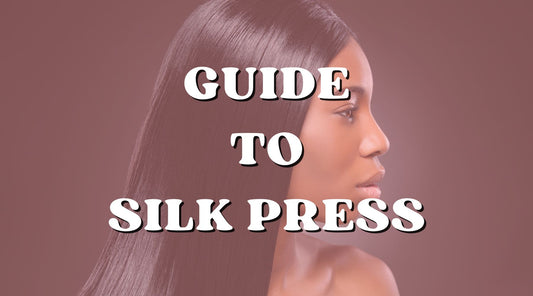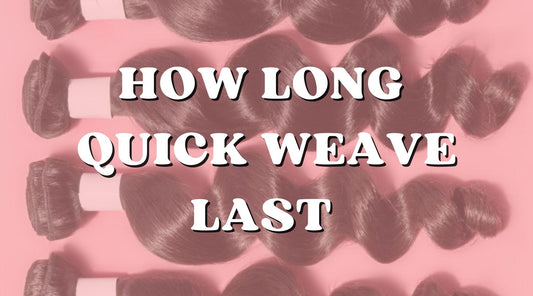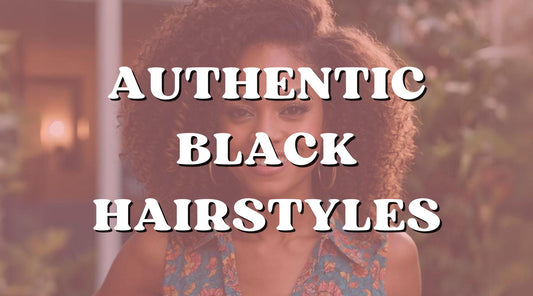1260 Memorial Drive
Atlanta, Georgia 30316
404-458-1330
What Are Tension-Based Hairstyles You Should Stay Away From!
Mikey MoranBe conscious about each hairstyle you choose to uplift yourself because some may lead to your hair’s downfall and tension.
All humans have hair, and what we do with the hair on our heads defines who we are individually and brings forth our self-esteem.
We wear different hairstyles to showcase the many ways we can be ourselves. The crazy thing is that sometimes the styles we choose to feel better about ourselves are, unfortunately, the same styles that can lead to hair and scalp damage.
Traction alopecia (TA) is a hair condition where the hair is unable to grow in certain parts of the head due to subtle root pulling and tugging over time.
We may purposely cut or shave away any hair we don’t want, but there is a different result for any way of removing hair, intentional or not.
You may not realize it, but wearing tight styles often is what causes the slow but sure road to balding. 🙄
When you pluck a human hair, it is painful and quick, whereas constant stress on strands causes hairs to fall out, which doesn’t hurt, but the strain becomes harmful to your roots.
Even though most cases of TA are due to tight styling, it can also result from aggressive combing or brushing or any rough handling of hair.
Depending on the source and severity, it may be irreversible after some time, but it is entirely preventable, and early treatment can keep you from losing hair.
Your style should never hurt, and any chemical or product use should not cause any burning or itching.
No hairstyle is worth damaging the ultimate health of your natural hair.

Minimize Tension-Based Hairstyles
While it’s trendy to wear all types of hairstyles, there are certain looks to be mindful of to decrease the amount of stress on our hair at a time.
Some styles include wearing tight extensions, micro-braided styles, clip-ins, sleek looks, high ponytails, and heat usage.
Too much tension in your hair can lead to unhealthy hair loss. Naturally, as we grow older, it becomes normal to experience hair loss and thinning possibly. As it comes with age, it is merely a part of life for some people.
However, too many people are going through unnecessary hair loss when it is completely avoidable. Of those who suffer from TA, the majority of those people belong to those of African descent.
Women with 4C hair and tight curls tend to have higher porosity hair, making it drier and more prone to breakage.
Braided styles, cornrows, and updos are common, efficient protective styles for these black women. However, wearing tension-based hairstyles too often is what begins the pressure on the hair follicles.
The same effect comes from hair accessories like hair clips, bands, ties, or thread. These either pull on the hair or rub against parts of your head which ultimately result in thinning, breaking hair.
The effects do not imply avoiding these styles but rather not relying solely on them.

Choose Your Hairstyles Wisely
Not every scalp is created equal, and not every hairstyle will treat you right.
Especially during the summertime, it is common to resort to protective styles that’ll save you from styling each day and help you withstand the intense heat and humidity.
Ponytails, braids, buns, and twists are known for their flexibility with styling and keeping the hair away from the face.
What these hairstyles also help with is hair loss. However, there are ways to enjoy the styles we like as well as fully protect our hair.
As mentioned before, styles like ponytails, cornrows, and even crochet braids can be an excellent method for maintaining your healthy hair and shielding it against harsh weather conditions.
If done right, your new growth should feel as healthy and thick each time. But, if you’re prone to tension-based hairstyles that induce headaches, then you may be experiencing early symptoms of TA.
In addition to thinning or breakage, you could endure scalp irritations and baldness. Tension-based hairstyles usually go unnoticed until they become a problem.
The edges of your hair are often the areas with the thinnest and weakest hair and, ironically, are commonly the areas that deal with the most stress.
Tight braids, ponytails, and even the overuse of a straightener can result in TA and lead to further damage.
You won’t see damage in the same areas for every hairstyle. The tension that is brought on by hair extensions is different from when you slick your hair back into a ponytail.
Weaves and clip-ins produce pressure on the hair strands themselves, causing them to loosen from the root and break off.
When tightening a ponytail, the areas that are most affected are the frontal and parietal areas, considering those are the outermost regions.
When braiding cornrows, the parts between the braids are often the source of the most tension. If each one is braided too tight, the hairs will widen the parted sections until you start to notice balding.

Maintain Healthy Hairstyles
If you intend to wear your natural hair tucked away in a sew-in or styled with cute Fulani braids all summer, here are some helpful tips and tricks to keep your hair healthy and your scalp happy:
Let Your Stylist Know When It Hurts
Most of us have frequent stylists for all our braiding and weave sewing needs. If not, be sure to research one that shows the style you like and offers a considerable price range.
The idea is that, over time, your stylist should know the kinds of styles you desire and what’s achievable for your hair.
Not every hair type and scalp condition can withstand the tension of particular techniques, so consultation is necessary.
Also, during the process of creating the hairstyle, it’s crucial that you let the stylist know when the braids or twists are too tight.
There is a common misconception that the tighter the hairdo, the better. The idea is that the protective style will look cleaner for a more extended period, and therefore, you’ll get your money’s worth.
What some fail to consider is the scalp damage that hair tightness can create, and after a few hairstyles, you will see a permanent effect.
Be Cautious with Chemicals
If you’re the type who hates the same hairstyle for too long and loves to switch it up, you must be careful when you use hair color or bleach.
Wearing tension-based hairstyles is already detrimental to your hair strands. But if the hair has previously interacted with hair dye, then this may result in it becoming more dry and brittle than where it started.
The alkaline chemicals in dyes are known to strip your hair of its natural moisture, making it more susceptible to breaking off when manipulated too often.
I would suggest allowing a few weeks after dying hair before you switch to another style. Also, remember that there is an overall higher risk with chemically straightened hair.

Moisturize, Moisturize, Moisturize!
This is the most critical mantra in anyone’s hair routine. Whether you rock silky permed hair or luscious natural kinks, moisturizing should take its place as the one thing to do daily.
Moisturizing is especially important since the nature of protective styling is to conceal parts of your actual hair, which makes it more challenging for you to get your daily moisture in.
If you have braids, you may not want to walk around with clumps of grease on your scalp, so I would recommend purchasing or creating a moisturizing spray.
With half water and half essential oils and conditioners, you can have a bottle full of your much-needed nutrients, and the spritz helps to mist it lightly.
In addition to your daily routine, your scalp should prepare for any hair appointment with the proper oils or butter for optimal moisture.
If you wash your hair before your scheduling, remember that a little oil on your scalp will help you in the long run.
Plus, a good stylist would make sure to oil your scalp before styling your hair to maintain prolonged moisture.
Only Keep Protective Hairstyles in for a Few Weeks
This time range varies depending on the style you’ve chosen. Some stylists suggest four to six weeks for twists or braids, but for crochet braided hairstyles, you must leave it in for up to eight weeks.
It also depends on how thin and damaged your hair may be already. Also, this time range varies based on your maintenance routine.
You should be washing, conditioning, and moisturizing your hair while it’s in this style to promote growth.
Try to range it so you can keep track of the growth of your hair. If you gain a significant amount of new growth from your braids, the pull and tug of styling will now be putting tension on the newly grown hair and cause it to break off.
It’s ideal to get your hair touched up after two or three weeks, with particular attention to the delicate hairs around the edges.
Let Your Hair Take a Break Between Styles
If you’ve jumped into a braiding style right after a sew-in weave, make sure you take a break to let the scalp get some air.
There are areas of your head that go untouched for weeks because of the protective style, and not all of it received the proper TLC.
Once you take down an extended hairstyle, immediately condition your hair and spend time putting back some nourishment it may have lost.
This will help maintain health and also prepare it for the next style.
Avoid Tight Hairstyles Altogether
If your scalp shows signs of traction alopecia, gradual hair loss, or extreme irritation, then your hairstyle choices are most likely the cause.
Luckily, these conditions are preventable and can subside by staying away from tension-based hairstyles altogether.
As stylish as it may look, it’s not worth the early stages of balding and further damage to your hair health.

Good Hair Day or Good Hair Life?
If you’re staying away from tension-based hairstyles, you might need some assistance on what you should do next; here are some ideas:
Instead of tight or super neat updos...
Try rocking a messy bun. This is an effortless style that you can create with your natural hair or your weave to reduce the amount of tension on your hair for that day.
Just throw your hair back into the usual bun, leaving a few tresses to lose, giving a relaxed, casual look.
Rather than trying to propel the hair for that perfect ponytail, give your hair a break with a messy look. It will help to keep it out of your face while reducing tension on your strands.
Instead of tiny or tense braid or twist styles...
Consider going natural in between style options. Staying away from chemicals will make a huge difference, and you’ll discover a variety of low-tension, natural hairstyles at your disposal.
For example, if you’re starting off natural, you can leave your hair in twists overnight and wake up the next morning with a perfect defined curl pattern.
This hairstyle lasts a few days and allows you to get up and go with minimal manipulation. If you’re already natural and you’re still experiencing hair loss, then wearing your curls with no manipulation is beautiful.
Instead of always using heat to change your look...
Perhaps the best way to make a statement is by cutting your hair. If you’re itching for something new, then a haircut is always a good fallback.
You can cut long hair into a cute bob, which requires low manipulation and looks excellent when paired with bangs.
Or, you can choose to cut it all off and start over. Many people are resorting to very low cuts and finding more and more ways to rock it.
If you’re comfortable with a drastic change, and your methods have hurt your follicles, then it may be time to let it go and start fresh.

Focusing on the Bigger Picture
While there are many styles to choose from to rock daily, continue to wear the looks you like, but in smarter ways.
Any hairstyle should be done less tightly and more securely. Hair is not always going to be perfect anyway.
So, opting for styles that are low maintenance allows you to look good without any worry about how you appear.
It’s best to save some of the tension-based hairstyles for special occasions so that your hair always has time to take a break. 🍵
And here are some Styling Ideas for Events!
At the end of the day, your primary focus should be on maintaining a healthy scalp to produce gorgeous, natural hair.
So embrace your hair in its purest form with the most simple looks for a good hair life.

